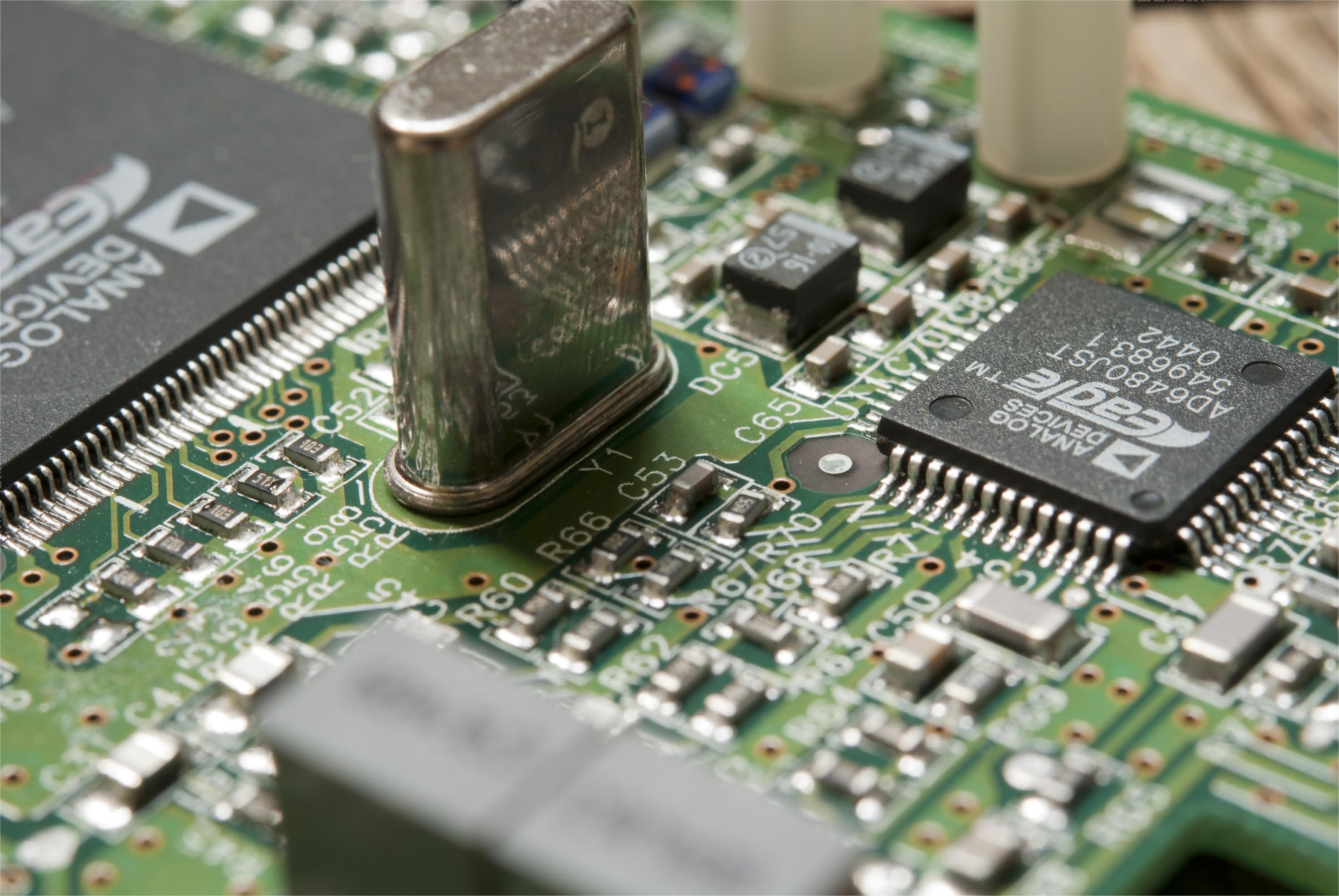
How Does Fermentation Monitor be made?
Fermentation monitoring is the process of tracking the fermentation process to ensure that it is proceeding as intended. This process is critical in various industries such as biopharmaceuticals, food and beverage, chemical, and environmental monitoring. Contract manufacturers can help companies develop fermentation monitors that meet their specific needs.
Designing the System
The first step in making a fermentation monitor is designing the system. The design process involves the conceptualization of the design, selection of materials, and the creation of the schematic diagram. The conceptualization of the design involves identifying the key features of the system and the desired outcomes. The selection of materials involves choosing components that are appropriate for the intended application. The schematic diagram is the visual representation of the design, and it shows how the components will be connected.
In order to maximize the benefits of supply chain solutions, sometimes the design process may be handed over to designers who are more focused on this field. In addition to electronic design, they also tend to have a better understanding of the potential requirements of a particular industry and even have light-customization solutions.
The following are some world-renowned fermentation equipment design companies:
- BioTronics Inc. – Website: https://www.biotronicsinc.com/
- Mettler-Toledo International Inc. – Website: https://www.mt.com/
- Hamilton Company – Website: https://www.hamiltoncompany.com/
- Yokogawa Electric Corporation – Website: https://www.yokogawa.com/
- Thermo Fisher Scientific Inc. – Website: https://www.thermofisher.com/
- Eppendorf AG – Website: https://www.eppendorf.com/
- Sartorius AG – Website: https://www.sartorius.com/
- Infors AG – Website: https://www.infors.com/
- Applikon Biotechnology – Website: https://www.applikon-biotechnology.com/
- Aber Instruments Ltd. – Website: https://www.aberinstruments.com/
PCB Assembly and Testing
The next step is PCB assembly and testing. PCB layout design is an essential part of this step. The layout design ensures that the electronic components are arranged in a way that makes them functional. Component selection and procurement involve selecting the right electronic components and purchasing them from reputable suppliers. PCB assembly and soldering are the processes of connecting the electronic components to the PCB. Finally, functional testing ensures that the system operates as intended.
Integration and Programming
The third step is integration and programming. Integration involves connecting all the electronic components to create a functional system. Programming the microcontroller is the process of writing the code that controls the system’s operation.
Calibration and Quality Assurance
The fourth step is calibration and quality assurance. Calibration ensures that the sensors used in the fermentation monitor are accurate. Quality assurance testing involves testing the system’s functionality and verifying that it meets the specified requirements. Finally, compliance with regulatory standards is essential, especially in highly regulated industries like the biopharmaceutical industry.
Benefits of Using a Contract Manufacturer for Fermentation Monitoring
There are many benefits of using a contract manufacturer for fermentation monitoring. One of the most significant advantages is reduced time to market. Contract manufacturers have the expertise and resources needed to design and manufacture a high-quality fermentation monitor quickly. Another advantage is lower costs. Contract manufacturers can leverage economies of scale to lower production costs. Access to expertise is another benefit. Contract manufacturers have specialized knowledge in electronics, engineering, and manufacturing. Finally, risk management is another advantage. Contract manufacturers are experienced in mitigating risks associated with manufacturing processes.
Applications of Fermentation Monitoring in Different Industries
Fermentation monitoring has various applications in different industries. In the food and beverage industry, it is used to monitor the fermentation of beverages such as beer and wine. In the biopharmaceutical industry, fermentation monitoring is crucial for the production of vaccines, antibiotics, and other biologics. In the chemical industry, it is used for the production of chemicals through fermentation processes. Environmental monitoring utilizes fermentation monitoring to assess water quality and detect pollutants.
In conclusion, fermentation monitoring plays a vital role in ensuring the success of fermentation processes in various industries. Contract manufacturers offer expertise and resources to develop high-quality fermentation monitors efficiently. The collaboration between companies and contract manufacturers leads to innovation and cost-effective solutions, ultimately benefiting the end-users and advancing industry standards.